Your cart is currently empty!
Category: Scientific Validation
-
Effects of Agnihotra on Plate Count of Aerial Bacterial Flora
Dr B.R. Gupta, Associate Professor, Microbiology, CSA University of Agriculture, Kanpur, U.P.
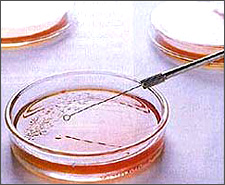
Dr B.R. Gupta has conducted experiments on effects of Agnihotra on plate count of Aerial bacterial flora. He has found that in human residence where no Agnihotra was performed the bacterial colony count was 123 as against in the human residence where Agnihotra was done regularly the bacterial colony count was as low as a mere 25. -
Antibacterial and Wound Healing Effects of Agnihotra Ash on Albino Rats
Wing Commander D.V.K. Rao, Lt. Col. Madan Deshpande, Col. R.S. Tiwari
Armed Forces Medical College, New Delhi10 gm of dry Agnihotra ash was dissolved in 100 ml of distilled water. The solution was filtered through filter paper and was autoclaved. 0.3 ml of this fluid was distributed on 100,6 mm Whatman No.l discs so that each contains ~3μ litre of Agnihotra extract. ABST was done on various pathogenic bacteria e.g. one strain of pseudomonas, five strains of proteus, seven strains of E coli, three strains of staphylococcus pyogenes and one strain of klebiscilla by disc diffusion method. The replica method was used to find out whether the antibacterial activity of Agnihotra if any was bactericidal or bacteriostatic.
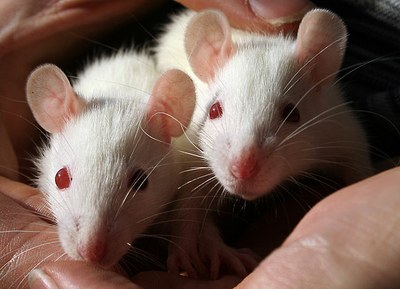 (more…)
(more…) -
Dr Miroslaw Haber, Nuclear Physicist, Discusses Radioactivity Experiment Conducted in 1987
The interview with Dr Miroslaw Haber, Nuclear Physicist, was conducted in German by Reiner Szcypior on 3 January, 2012. Below is a transcript in English.
Reiner: The recording is on.
Prof. Haber: The basic premise of the experiment was to neutralize radioactivity with ancient technologies or techniques. (more…) -
Water Quality Purification through Homa Therapy
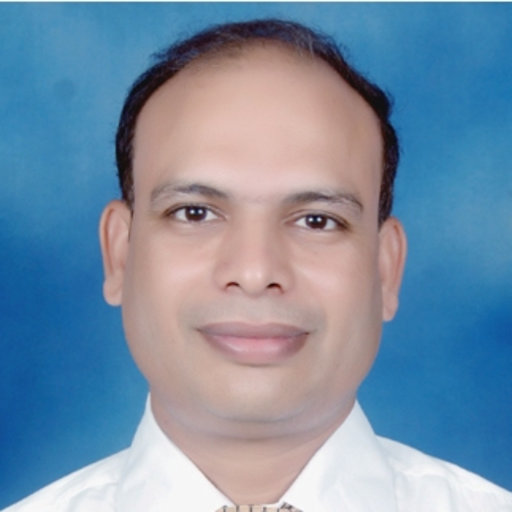 Study by Dr Shailendra Sharma
Study by Dr Shailendra Sharma
Principal of Adarsh Institute of Management & Science, Dhamnod, MP, India
(Devi Ahilya Vishwa Vidyalaya, Indore)The River Narmada is the most important river of the state of Madhya Pradesh. The Narmada basin lies between longitude East 72º32’ to 81º45’ and the latitude North 21º20’ to 28º45’. It is the only non snow fed perennial river in India. Narmada River water is mainly used for irrigation, drinking, fishery, generation of electricity and domestic purposes.
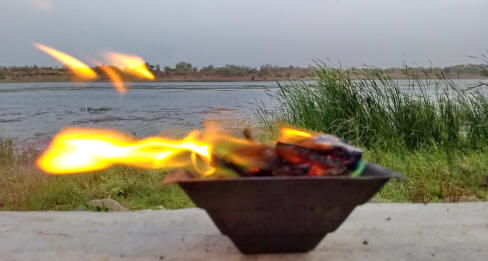
Some physical-chemical parameters were studied to determine the quality of its water. Pollution is the biggest problem nowadays, it affects the atmosphere, soil and our water resources. This experiment demonstrates the effect of Homa Therapy – based on the ancient science of Vedas which offers solutions to reduce the pollution in our environment and of the water resources.These are some preliminary studies about the efficacy of the Homa method, comparing the river water in 4 different sampling sites (S1 – S4) of the Narmada river region. Water samples were collected on monthly intervals in clean polythene containers and preserved according to standard method (APHA 2002) and brought to the laboratory for various physical-chemical analysis.

S1: Omkareshwar – is a famous place of pilgrimage, situated 77 km from the city Indore, Khandwa District.
(DMS) Latitude 22º15’01” N and Longitude 76º08’48” E.S2: Mandaleshwar – is a small town in Khargone District. It is a town of historical and religious importance situated on the banks of the Narmada River. It is at a distance of 99 km from Indore.
(DMS) Latitude 22º11’00” N and Longitude 75º00’00” E.S3: Maheshwar – is a small town in Khargone District. It is 91 km from Indore and is the commercial capital of the state. This sampling site is located near HOMA THERAPY CENTER (GOSHALA) see photo above.
(DMS) Latitude 22º11’00” N and Longitude 75º55’00” E.S4: Barwani – is a city also known as Siddh Nagar. The great Narmada river flows through Barwani, which is located 150 km from Indore.
(DMS) Latitude 22º02’00” N and Longitude 74º54’00” E.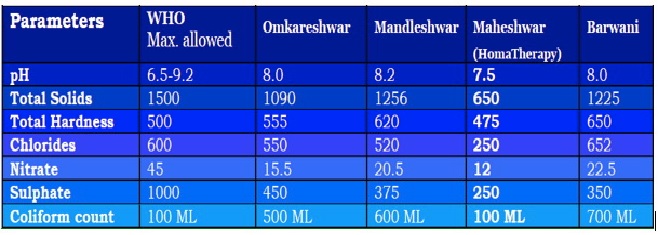
-
Agnihotra Ash and Water Soluble Phosphates
Dr Tung Ming Lai, Denver, Colorado.
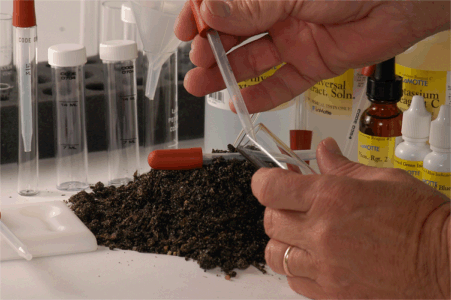
Report from Dr Tung Ming Lai, Denver, Colorado, USA:
I did some lab testing on Agnihotra ash. The results are interesting. 0.1g of ash was shaken with 25 ml of water for forty-eight hours and then the water-soluble phosphate content was measured. The same amount of ash was shaken with two different soils (5g) from Colorado (also 25 ml of water) and phosphate content was measured after forty-eight hours of being shaken.
The results are as follows. (The values are the average values of duplicates.) (more…)